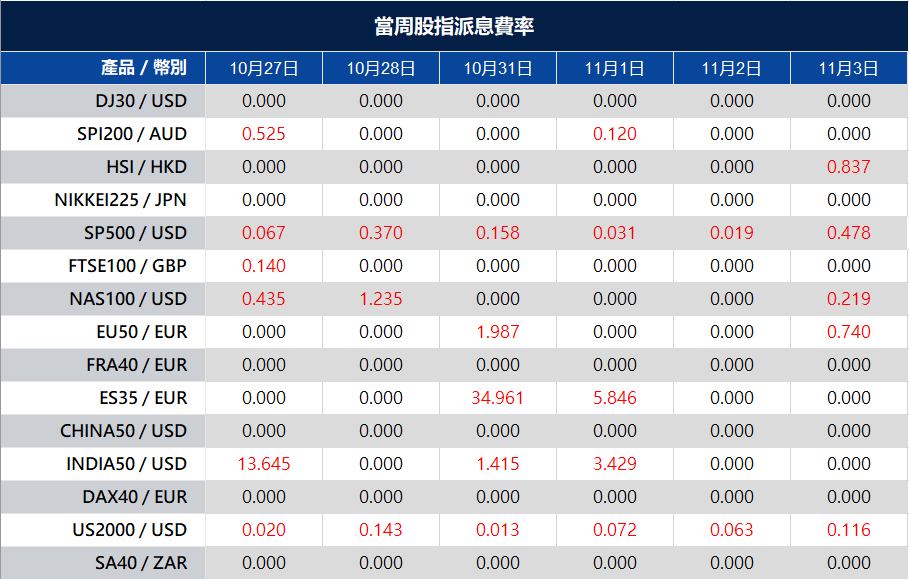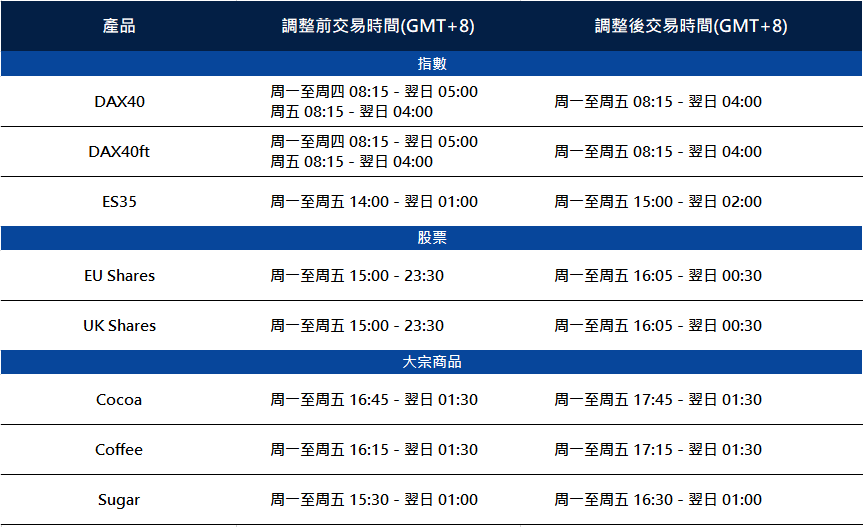US stocks suffered daily losses on Tuesday, failing to preserve their upside traction and finished lower as the upbeat US data bolstered speculation that Federal Reserve policy could remain aggressively tight despite the threat of a recession. The Fed’s 75 bps rate hike might keep weighing on equity markets in absence of signals favouring a slower lift to rates in December, as an unexpected rebound in US job openings keeps the pressure on the Fed. The US JOLTS Job Openings rise to 10.7 million in September, which came in higher than the market expectation of 10 million and provided firm support to the US dollar.
The US central bank will announce its monetary policy during the US session today and it will be crucial to watch for fresh impulse, as the Fed is widely anticipated to hike rates by 75 bps and send the main rate to 3.75%-4%. In the Eurozone, the European Central Bank (ECB) policymakers said that rates in the Euro area should peak at a level that ensures that inflation returns to the 2% target over the medium term.

The benchmarks, S&P 500 and Dow Jones Industrial Average both retreated lower on Tuesday as Wall Street finished with decent losses amid upbeat data revealing that the United States economy remains in expansionary territory. The S&P 500 was down 0.4% daily and the Dow Jones Industrial Average also dropped lower with a 0.3% loss for the day. Six out of eleven sectors in the S&P 500 stayed in negative territory as the Communication Services sector and the Consumer Discretionary sector are the worst performings among all groups, losing 1.81% and 1.35%, respectively. The Nasdaq 100 dropped the most with a 1.0% loss on Tuesday and the MSCI World index was up 0.2% for the day.

Main Pairs Movement
The US dollar was nearly unchanged on Tuesday, regained upside strength and recovered most of its daily losses around the 111.50 area during the US trading session amid a risk-off market mood. The market’s anxiety ahead of the key Fed meeting and firmer US Treasury yields continued to act as a tailwind for the safe-haven greenback. Market players now gear up for the US Federal Reserve’s interest rate decision.
GBP/USD edged higher on Tuesday with a 0.13% gain after the cable retreated slightly from daily highs but maintained its positive bias above the 1.1480 mark amid renewed US dollar strength. On the UK front, the Bank of England is widely expected to hike their borrowing rates by 75 bps this week. Meanwhile, EUR/USD trimmed its daily gains and refreshed its daily low under the 0.9860 mark amid a stronger US dollar across the board. The pair was down almost 0.05% for the day.
Gold advanced with a 0.88% gain for the day after extending its intra-day rally to the $1,656 area during the European trading session, as the precious metal keep being dragged down by increasing hawkish Fed bets. Meanwhile, WTI Oil advanced higher with a 2.13% gain for the day after the solid recovery in oil prices lost traction near the $88.50 area.
Technical Analysis
EURUSD (4-Hour Chart)

The EURUSD abandons the area of daily highs around the 0.9950 level and makes an abrupt U-turn to revisit the sub-0.9900 zone following the better-than-expected prints from the US ISM Manufacturing for the month of October (50.2), compared to the market expectation of 50. Besides that, additional releases in the US calendar also underpinned the rebound in the dollar, like Construction Spending unexpectedly expand 0.2% MoM in September, the final S&P Global Manufacturing PMI at 50.4, also surpassing estimates, and the JOLTs Job Opening increase to 10.717M in September. In fact, the results do nothing but reinforce the view of a resilient US economy at a time when some Fed’s rate-setters have hinted at the potential start of a debate over the probability of slowing the pace of the subsequent rate hikes as soon as at the December meeting.
From the technical perspective, the four-hour scale RSI indicator dropped sharply to 41 as of writing, suggesting the pair was surrounded by heavy selling pressure. As for the Bollinger Bands, the EURUSD was falling from the 20-period moving average to around the lower band 0.9870 area, and the gap between upper and lower remained the same size, signalling that the pair amid strong bearish momentum but the lower drew support for it. Therefore, we think the downside trend is more favoured in the near term.
Resistance: 1.0000, 1.0092
Support: 0.9751, 0.9664, 0.9548
GBPUSD (4-Hour Chart)

The GBPUSD has lost its upside traction and retreated around the 1.1450 level during the American trading session on Tuesday, as the US dollar managed to regather its strength on upbeat data. A series of better-than-expected macroeconomic releases have boosted confidence in the momentum of the US economy, easing concerns of a potential slowdown triggered by previous disappointing releases and clearing the path for the Federal Reserve to extend its aggressive tightening path beyond November. This has sent the greenback and US treasury bonds surging. Beyond that, the JOLTS job openings have displayed the strength of the US labour market, despite the Fed’s efforts to cool it off. JOLTS job vacancies increased to 10.7 million in September, up from 12.2 million in August, and against market expectations of a decline to 10M. Furthermore, Wall Street’s main indices turned negative as of writing, undermining the risk sentiment and providing an additional boost to the greenback.
From a technical perspective, the four-hour scale RSI indicator fell dramatically to 42, suggesting that the pair were surrounded by strong bearish traction. As for the Bollinger Bands, the pounds were dropping from the 20-period moving average to the lower band and the size between the upper and lower bands remained unchanged, signalling that the pair was more favoured to the downside path in the near term.
Resistance: 1.1633, 1.1738
Support: 1.1281, 1.1114, 1.0955
XAUUSD (4-Hour Chart)

Gold advanced and rebounded from a weekly low of $1630.60 to the $1648 mark as of writing, as diminished US Dollar demand throughout the first half of the day. However, the greenback recovered some ground in the American trading session, following a slightly better-than-expected ISM Manufacturing PMI, as the October index came in at 50.2, better than the 50 expected by the markets. In addition, the reading of job openings increased to 10.7 million on the last business day of September, according to the US Bureau of Labor Statistics. Given that US data was positive, a Fed pivot could lose some weight, as it justifies additional tightening, with the chance of hiking 75 bps from 86 to 88 per cent shown by the CME FedWatchTool. As for December’s decision, the odds are 50% chances of lifting rates by 50 or 75 bps. Furthermore, speculative interest pulled out long-dollar bets as US Treasury bond yields retreated, with that on the 10-year note bottoming at 3.92%. Nevertheless, it quickly changed course after upbeat US data and news indicating that the US Department of Treasury announced a series I bond that will pay a 6.89% annual interest rate through April 2023, which weighs on the XAUUSD.
From the technical perspective, the four-hour scale RSI indicator wandered around 50 as of writing, suggesting that the pair has no clear direction. As for the Bollinger Bands, the XAUUSD was pricing on the 20-period moving average and the size of upper and lower bands got closer, which is a signal that the price would hover in a narrow range from $1640 to $1660 marks in the near term.
Resistance: 1675, 1700, 1725
Support: 1632, 1615, 1600
Economic Data
| Currency | Data | Time (GMT + 8) | Forecast |
| NZD | Employment Change (QoQ) (Q3) | 05:45 | 0.5% |
| NZD | RBNZ Gov Orr Speaks | 06:00 | |
| NZD | RBNZ Press Conference | 06:00 | |
| EUR | German Manufacturing PMI (Oct) | 16:55 | 45.7 |
| EUR | German Unemployment Change (Oct) | 16:55 | 15K |
| USD | ADP Nonfarm Employment Change (Oct) | 20:15 | 195K |
| USD | Crude Oil Inventories | 20:30 | 0.367M |



























